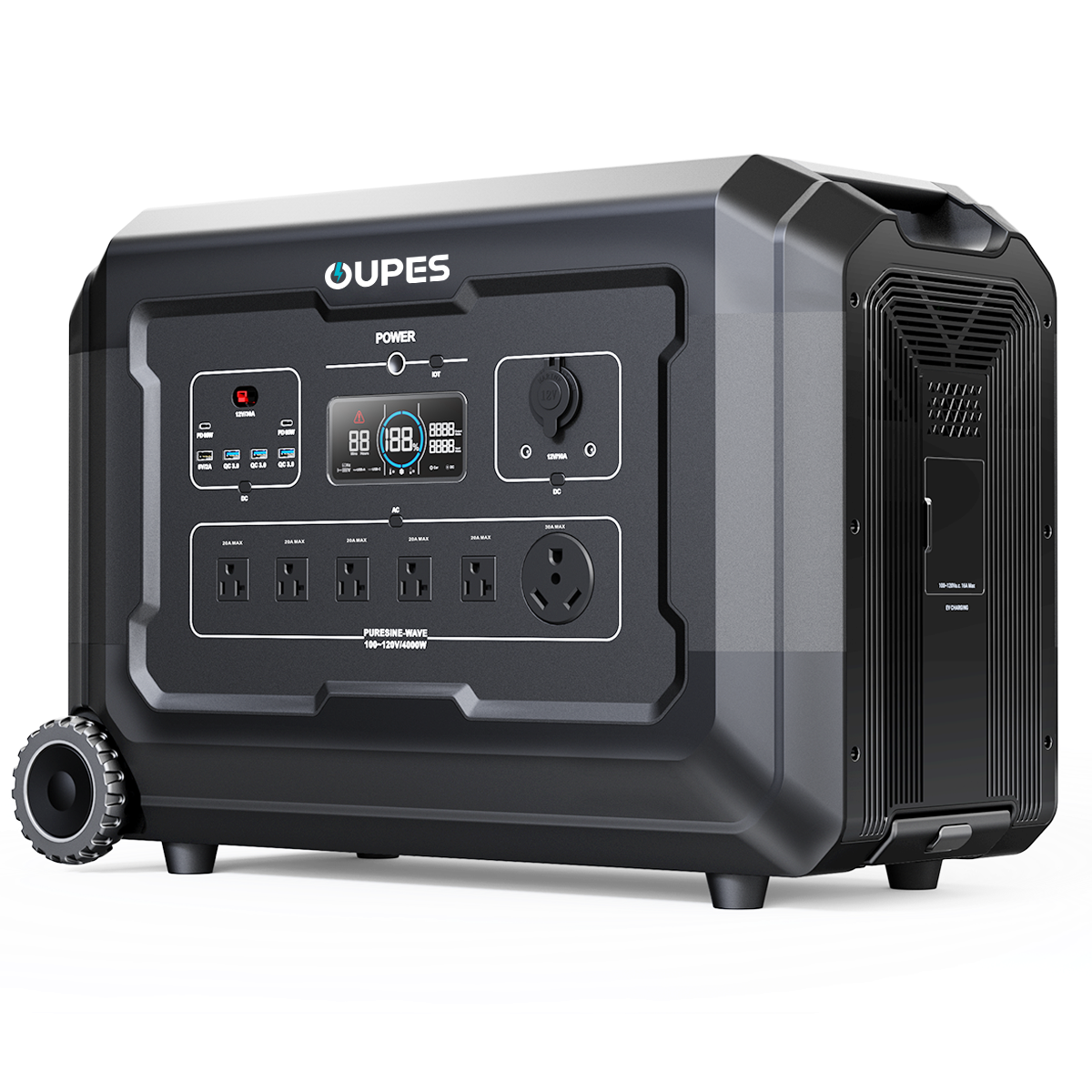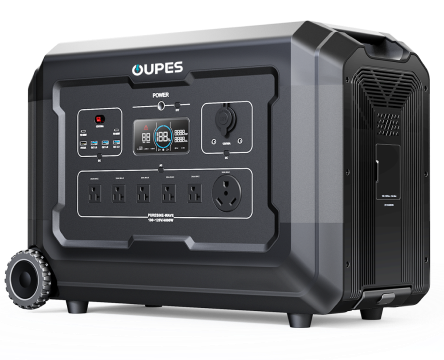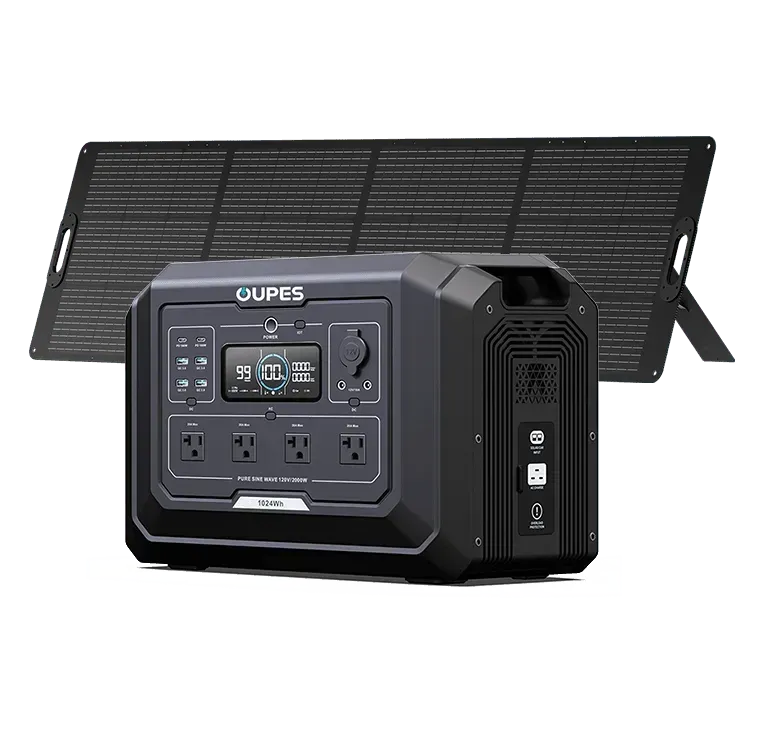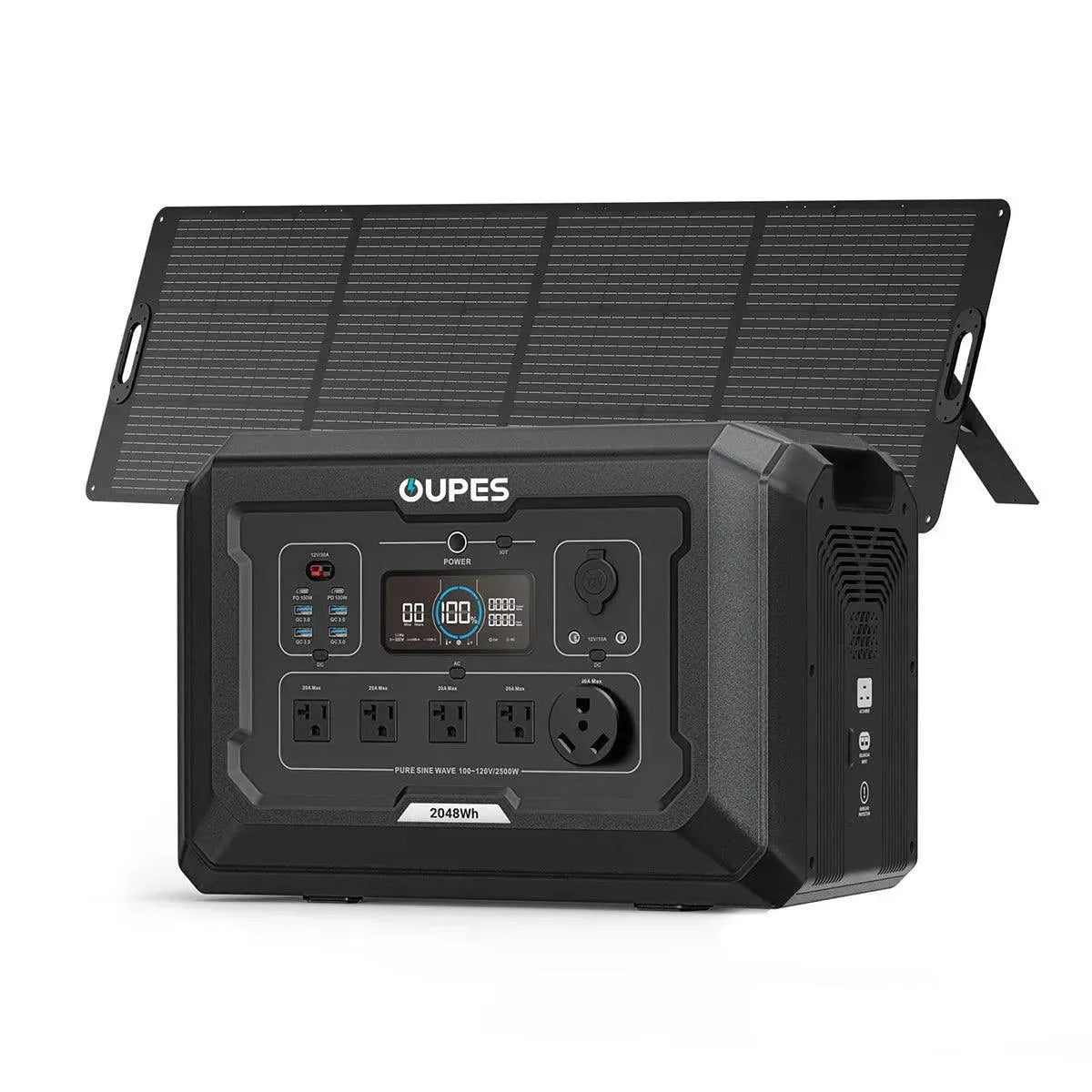
Running your refrigerator on solar power isn’t just an eco-friendly choice—it can also bring more energy independence and reduce your utility bills. But one of the most common questions homeowners ask is: how many solar watts do you need to keep your fridge running smoothly? In this guide, we’ll break down everything you need to know about matching your solar system to your refrigerator's power demands.
Understanding Refrigerator Power Consumption
Before determining how many solar watts you need, it's essential to understand how much electricity your refrigerator actually uses. Most modern refrigerators use between 100 to 800 watts of power, depending on size, model, and efficiency rating. The average refrigerator might consume about 150 watts per hour when running, but this number can fluctuate throughout the day as the appliance cycles on and off.
To get a more precise number, look at the EnergyGuide label on the fridge or check the manufacturer’s specifications. The energy consumption is often listed in kilowatt-hours (kWh) per year. For example, a fridge rated at 400 kWh annually consumes about 1.1 kWh per day. Knowing this helps in calculating how much solar energy you'll need to cover that daily demand.
It's also crucial to factor in the duty cycle—the amount of time the fridge actually runs in a 24-hour period. Refrigerators typically run in intervals rather than continuously. They might operate for 8–12 hours a day in total, which affects your solar planning. Efficient appliances, good insulation, and proper temperature settings all play a role in keeping energy usage to a minimum.
Calculating the Solar Watts Needed
Once you understand your refrigerator’s energy needs, you can calculate how much solar power is required to run it. If your refrigerator uses 1.1 kWh per day and you want to power it entirely with solar panels, you need to ensure your system can generate that amount consistently.
Assuming an average of 5 hours of good sunlight per day (common in many regions), you can divide the total daily energy need by the sun hours to determine the solar panel wattage required. Using our 1.1 kWh (or 1100 watt-hours) example: 1100 watt-hours ÷ 5 sunlight hours = 220 watts. This means you’d need at least 220 watts of solar panel capacity—under ideal conditions—to run your fridge.
However, ideal conditions rarely exist all year round. Cloudy weather, panel positioning, shading, and dust accumulation can all reduce efficiency. That’s why it’s recommended to oversize your solar array by 25–30% to ensure reliability. In this case, a 300W solar panel or a combination of smaller panels totaling 300 watts would provide a safe buffer to power the refrigerator consistently.
The Role of Batteries and Inverters
Solar panels alone don’t power your appliances directly. You'll need a battery storage system to keep your fridge running when the sun isn’t shining, especially overnight. The battery stores excess energy generated during the day and releases it when needed. For refrigerators that run 24/7, battery sizing becomes just as important as panel sizing.
To determine battery size, calculate how many watt-hours your fridge consumes overnight. If it runs for 12 hours using 150 watts per hour, that’s 1800 watt-hours (1.8 kWh). You'll need a battery with at least that capacity, ideally more to avoid deep discharges that can shorten battery life. A 200Ah 12V lithium battery (around 2400Wh of usable energy) would be suitable for this use case.
Don’t forget the inverter, which converts DC power from your panels and batteries to AC power used by most refrigerators. Your inverter should have a continuous power rating higher than the fridge’s running wattage and be able to handle surge power—what the fridge draws momentarily when starting up. A typical inverter for this setup should be rated at 1000–1500W continuous power with a surge capacity of 2000W or more.
Efficiency Tips to Reduce Solar Power Requirements
Reducing your refrigerator’s power consumption means you can get by with fewer solar watts. Here are several practical strategies:
First, keep your refrigerator in a cool, shaded area to reduce internal heat load. The more heat the fridge has to combat, the harder it works and the more power it uses. Avoid placing it near ovens, dishwashers, or windows that receive direct sunlight.
Second, set the temperature appropriately. Most refrigerators work efficiently at around 37–40°F (3–4°C), and freezers at 0°F (-18°C). Anything colder wastes energy. Also, make sure the door seals are airtight—leaks can cause the compressor to run more frequently.
Third, minimize how often and how long the door is open. Every time you open the fridge, warm air enters and the unit has to work harder to cool it back down. Organize your food for easy access to limit open time.
Finally, consider upgrading to an ENERGY STAR certified refrigerator. These models use significantly less electricity than older units, making them ideal for off-grid or solar-powered setups. Choosing a smaller or more efficient model can reduce your solar panel and battery requirements dramatically.
Matching Solar Systems with Refrigerator Usage
When selecting a solar generator kit or designing a solar energy system for your home, it’s important to look beyond just the wattage. You need to consider the full ecosystem: panel size, battery storage, inverter capacity, and your actual usage habits.
If you're using a solar generator (such as a portable solar power station), look at its battery capacity and inverter specs. For instance, a generator with a 1000Wh battery and a 1000W inverter can power a 150W fridge for about 6.5 hours (1000 ÷ 150 = 6.67), assuming no other devices are running. With solar recharging during the day, you might achieve near-continuous operation, depending on solar input and fridge efficiency.
For whole-home solar setups, incorporate your refrigerator into the broader energy load calculation. Consider the peak demand of all appliances combined and design your solar array and battery bank accordingly. This holistic approach ensures that your system is balanced and capable of supporting long-term off-grid or backup power use.
Conclusion
Powering a refrigerator with solar energy is absolutely possible, but it requires careful calculation and system design. Start by understanding your fridge’s power consumption, then size your solar panels, batteries, and inverter accordingly. With an efficient appliance and a well-designed solar setup, you can enjoy consistent cooling without relying on the grid.
Whether you’re going off-grid, preparing for emergencies, or simply aiming to reduce your carbon footprint, solar energy offers a sustainable solution. By knowing how many solar watts are needed to run your refrigerator, you can build a system that’s both reliable and efficient.




























